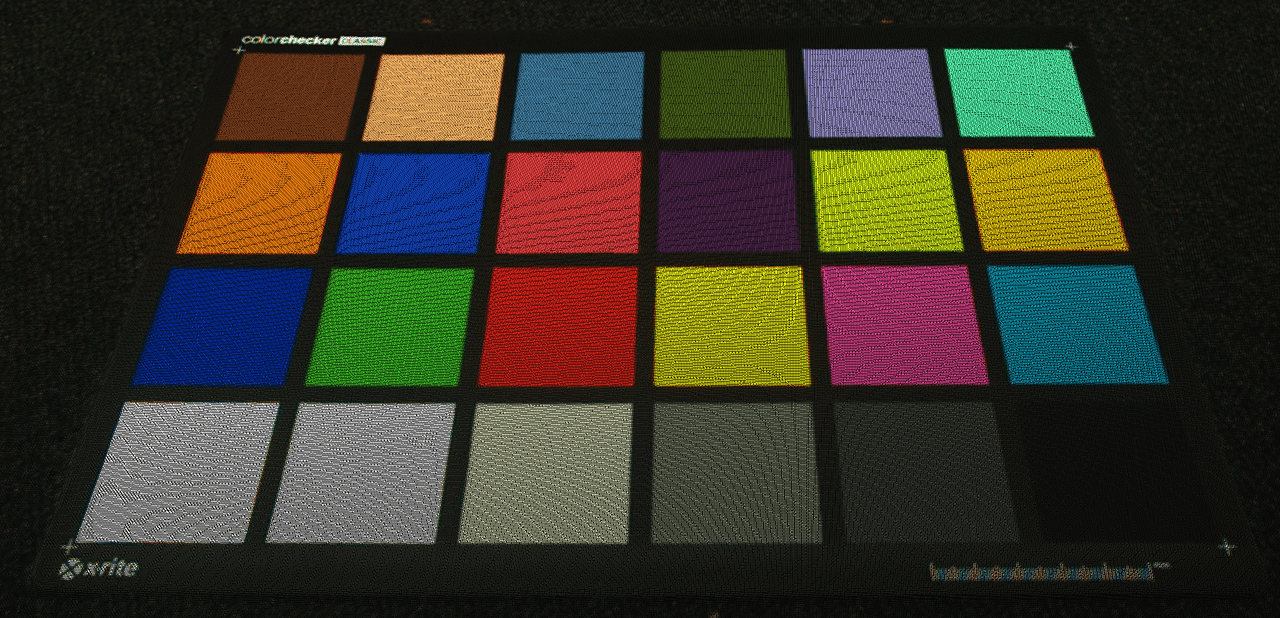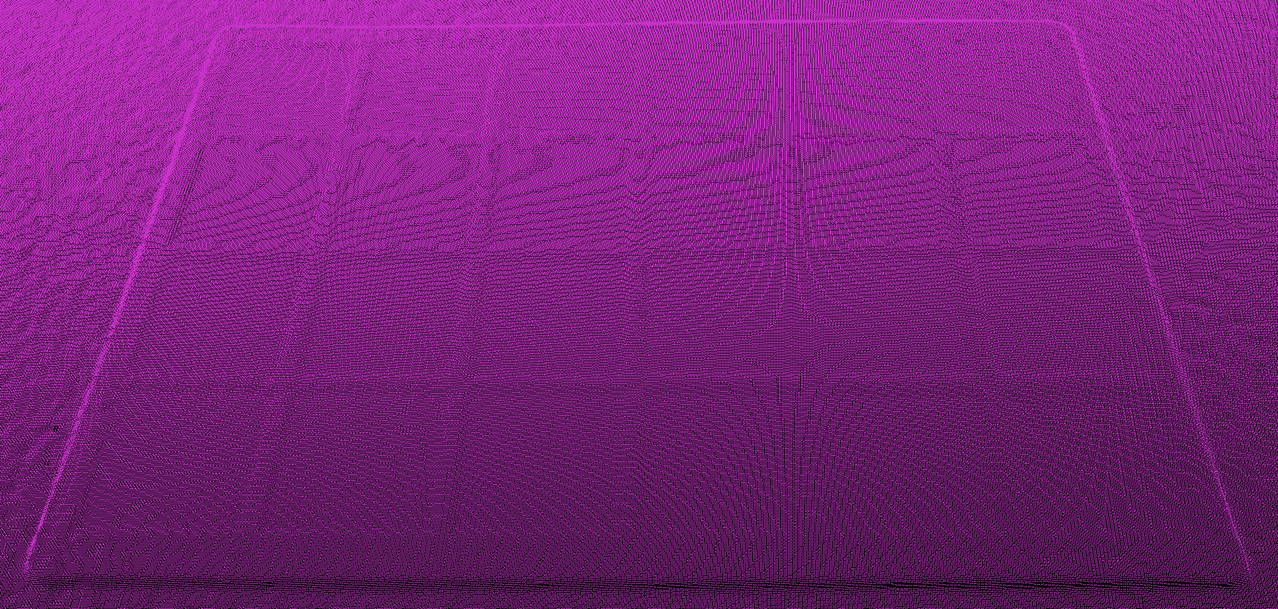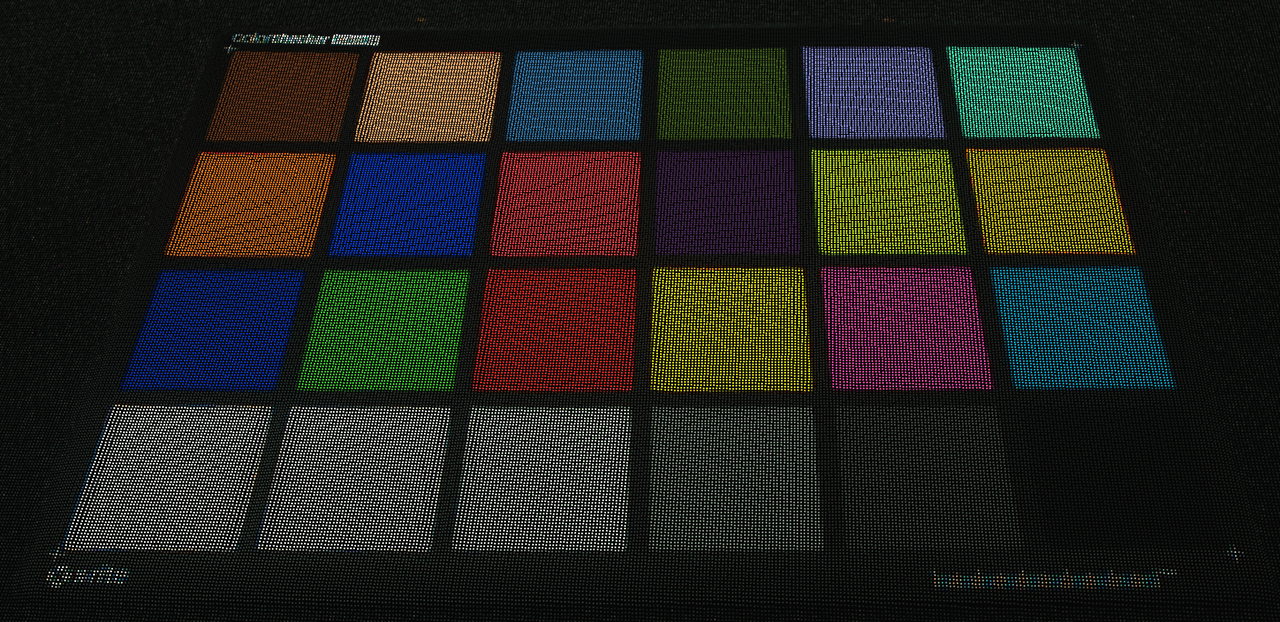Sampling
Color
The parameter Sampling::Color enables you to selectively include or exclude color information in the captured point cloud.
There are two options to choose from, rgb and disabled.
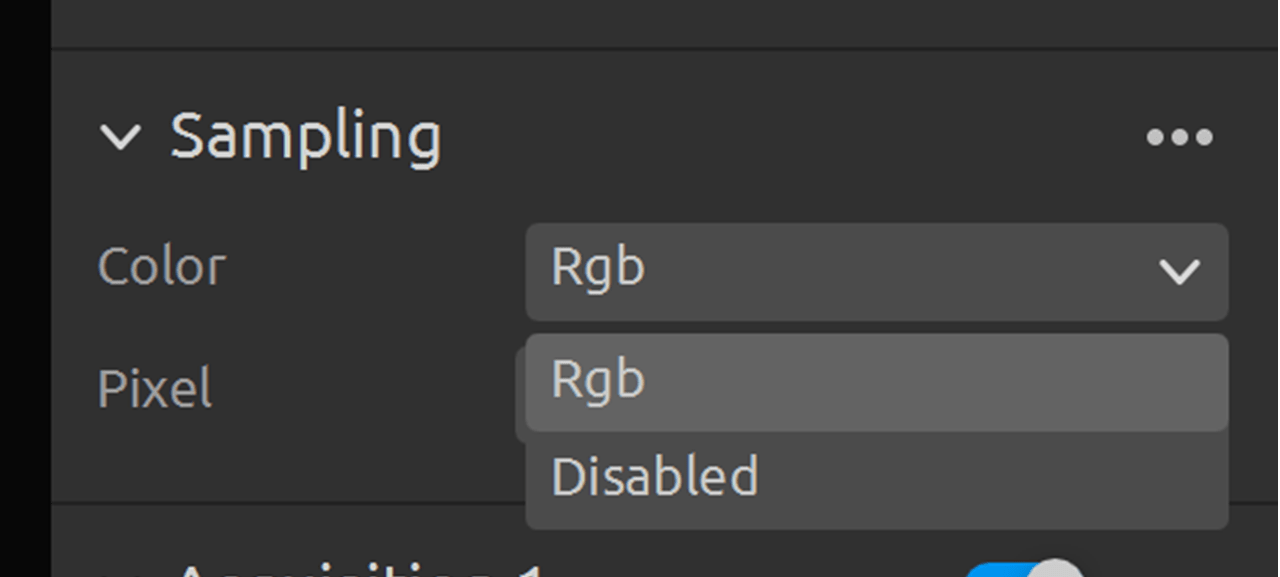
When Sampling::Color is set to rgb, the captured point cloud will have color.
On other hand, if Sampling::Color is set to disabled the point cloud will not have color information from the scene.
However, when accessing the RGB values of the point cloud, all points have the same values (\(R=200\), \(G=50\), and \(B=200\)).
This results in a pink colored point cloud.
Note
When Sampling::Color is disabled the captures will be faster.
There is one less pattern to project, less data to transfer, and no color information to process.
|
|
When |
When |
Pixel
The Sampling::Pixel parameter is used to choose the light color of the projected patterns and sampled pixels.
There are five options: all, redSubsample2x2, blueSubsample2x2, redSubsample4x4, and blueSubsample4x4.
The respective resolutions, given camera, are as follows:
3D capture |
Zivid 2+ |
Zivid 2 |
|---|---|---|
Full resolution [1] |
2448 x 2048 |
1944 x 1200 |
2x2 subsampled [1] |
1224 x 1024 |
972 x 600 |
4x4 subsampled [1] |
612 x 512 |
Not available |
When set to all, white patterns are projected, all pixels sampled, and the point cloud has full resolution.
If set to blueSubsample2x2 or redSubsample2x2, the projected patterns and sampled pixels are blue or red, respectively, and the point cloud is subsampled (smaller resolution).
The following illustration shows the bayer filter grid and associated indices.
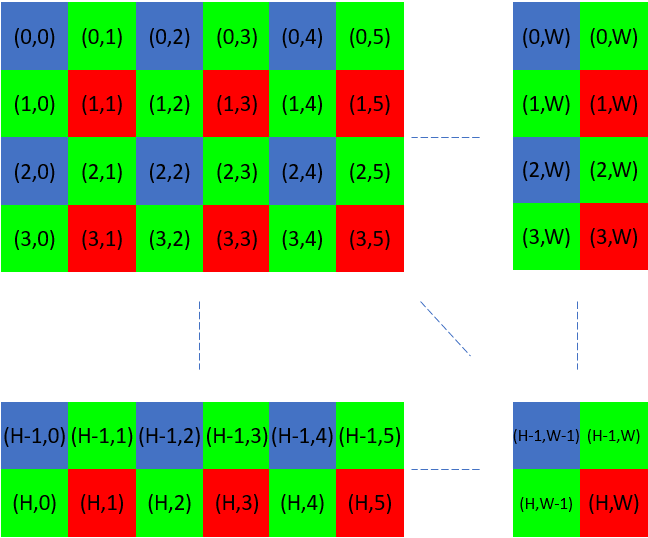
When we only use e.g. the ‘Blue’ pixels we get 1/4 of the original resolution.
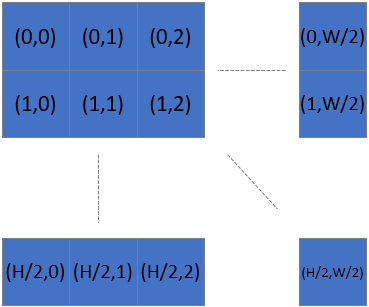
This means that the spatial resolution is divided by 2 in both x and y.
For example; Zivid 2 L100 has a spatial resolution of 0.54 mm @ 1000 mm working distance. With 2x2 sub-sampling the spatial resolution is reduced to 1.08 mm at the same working distance.
This does not affect the resolution in depth.
|
|
when |
when |
Subsampling decreases the acquisition and capture time, as less data will be captured and processed. Picking a specific color channel can also help reduce noise and effects of ambient light. Projecting blue light will in most cases give better data than red light.
To learn more about the benefits of capturing using blue or red light, read the Monochrome Capture article.
Version History
SDK |
Changes |
|---|---|
2.11.0 |
Added support for |
